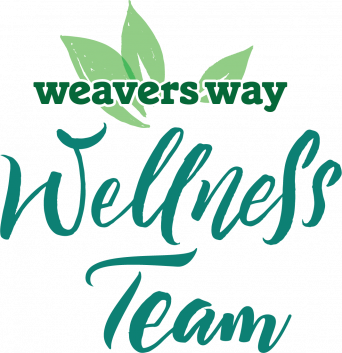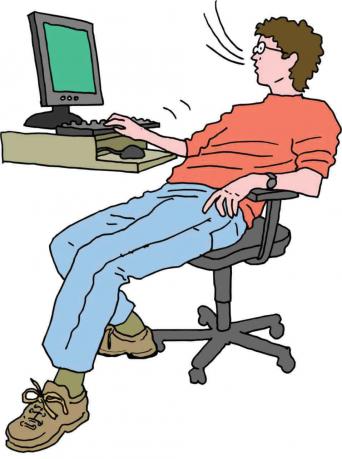
Body Awareness is Key to Adapting and Improving Your Posture
I bet you sat up straight when you read that. Unfortunately, that reaction is probably doing more harm than good. Let your breath out completely, relax, and let me explain.
Most of us do the exact same things in the exact same way every single day. We brush our teeth with the same hand. We sit at our desk in the same position and use the same combination of muscles to lower and lift ourselves from the chair. We rest and sleep in the same positions on the same surfaces, and we even use the same muscles every time we run, bike, lift weights or do yoga.
In reality, there are literally thousands of different ways to do all of these different movements, but for the sake of efficiency, your body will tend to only default to one.
This is due in no small part to the lack of variability in our safe, predictable, modern environment. It’s easy for every physical task to become a program — a prearranged set of coordinated muscle contractions stored in our brains that allow us to perform these actions without even thinking about them.
In our productivity-obsessed, technology-addicted, multitasking culture, this can be extremely beneficial in the short term. Having automatic programs to carry out our various physical tasks frees up mental bandwidth to do other things. While we run around on autopilot, we can carry out conversations, plan our day, listen to a podcast, respond to emails or simply take a mental break and get lost in our thoughts.
The problem is that this kind of behavior has long-term consequences. Over time, your nervous system loses the ability to adapt. You forget how to move outside of the limited ways in which you already do, and soon enough, any other movement patterns become a threat to your body’s stability and safety.
The more threatened you feel, the more likely your body will default to the movement patterns it knows best. That creates a vicious cycle in which movement continually becomes more and more restricted, and our “movement amnesia” becomes worse and worse.
In the long run, restricted movement can lead to chronic muscle tension, trigger point formation, myofascial adhesions, circulatory and lymphatic problems, inflammation, and nerve entrapment, just to name a few. All of these issues make movement variation even less likely, thereby perpetuating the cycle and taxing the systems of the body even more.
This means that when you try to “sit up straight” to fix your posture, the muscles you are using to do so are likely the same muscles that are already being overused to begin with!
Rather than thinking of posture as some static “healthy position” that we need to mimic, it’s much more helpful to think of it as our individual ability to adapt the way our bodies move and to organize themselves for different tasks and environments.
Posture is dynamic, and the only way to truly improve it is to remain curious about your body, the way it moves, and what you are experiencing from moment to moment. This builds your kinesthetic awareness and provides your nervous system with valuable data that allow it to update its software and adapt. In turn, this makes your body more pliable, more resilient, and less susceptible to pain and dysfunction.
Receiving regular massage and bodywork is an excellent way to help improve your kinesthetic awareness. Mindfulness practices such as meditation, yoga and qi gong can be extremely powerful in this regard as well.
Even your everyday tasks can be carried out in more mindful ways that help promote kinesthetic awareness. For instance, the next time you brush your teeth, try using your opposite hand instead.
Try to come up with a slightly different way to do at least one of your daily tasks every time you do it. Over time, this will help improve your posture in the truest sense — by making your nervous system more adaptable, your movement more fluid, and your body more capable of harmonizing with the world around it.
Dan Vidal is a licensed massage therapist, certified neurosomatic pain treatment specialist and owner of Paragon Pain Solutions in Chestnut Hill. He helps clients alleviate pain by assessing their posture and creating personalized treatment plans of targeted massage and mindful movement practice.

